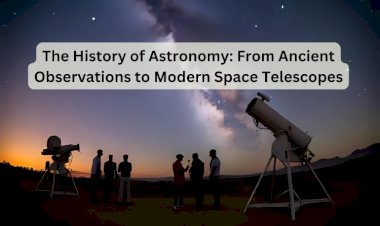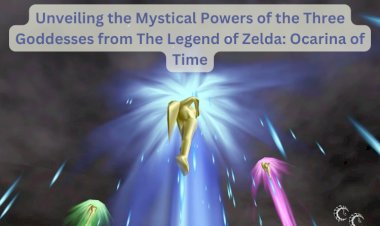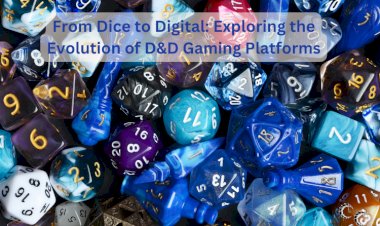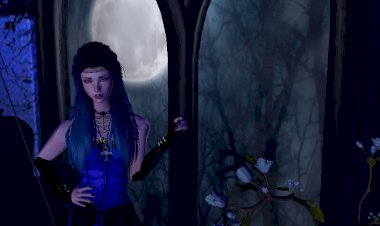From Comic Books to Blockbusters: The Evolution of Marvel and DC Cinematic Universes
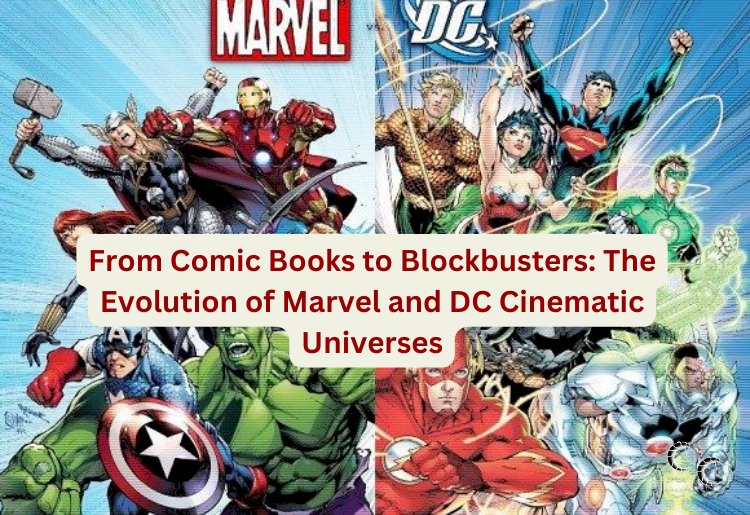
The world of superhero films has gone through a profound transformation over the last few decades. What once began as modest comic book adaptations has now exploded into the heart of modern cinema, with two major players dominating the landscape: Marvel and DC. From iconic comic books to multi-million-dollar blockbusters, the evolution of Marvel and DC’s cinematic universes has shaped not just superhero storytelling, but the very nature of the modern film industry.
Let’s take a deep dive into the origins, growth, and impact of the Marvel Cinematic Universe (MCU) and the DC Extended Universe (DCEU) to understand how these cinematic universes rose to global prominence and how they continue to define the superhero genre today.
The Roots of Superheroes: From Page to Screen
Before there were blockbuster movies, superheroes lived on the pages of comic books. Marvel Comics and DC Comics, two of the largest comic book publishers in the world, gave birth to many of the most beloved characters in pop culture, such as Spider-Man, Batman, Superman, Iron Man, and Wonder Woman. These iconic figures were created by talented writers and illustrators in the 20th century, captivating readers with their heroic feats, complex personalities, and vivid worlds.
While superhero films existed before the rise of modern cinematic universes, most early adaptations were standalone projects, such as Superman: The Movie (1978), Batman (1989), and Spider-Man (2002). These films, while successful, lacked the continuity and interconnectedness that would later define the MCU and DCEU.
The Birth of the Marvel Cinematic Universe (MCU)
The Marvel Cinematic Universe (MCU), now a global franchise worth billions, began as an ambitious idea to create a shared universe where characters from different comic book series could coexist on the big screen. The brainchild of Marvel Studios, the MCU revolutionized not only superhero storytelling but also the entire film industry.
-
The First Step: Iron Man (2008) The MCU officially began with Iron Man (2008), directed by Jon Favreau and starring Robert Downey Jr. as Tony Stark. The film was a critical and commercial success, but it also laid the groundwork for something much bigger. The post-credits scene teased the character Nick Fury (played by Samuel L. Jackson) and referenced the “Avengers Initiative,” hinting that a larger universe was coming.
This was a bold move at the time, as the idea of interconnected films—let alone a shared superhero universe—was groundbreaking. Little did audiences know that Iron Man would be the first step in a decade-long journey that would reshape the film industry.
-
The Rise of the Avengers After the success of Iron Man, Marvel Studios continued to expand the MCU with individual films for characters like Thor, Captain America, and Hulk, all leading up to the ultimate crossover event: The Avengers (2012). Directed by Joss Whedon, The Avengers brought together all of the MCU's core characters for the first time, and the film became a cultural and commercial phenomenon.
The success of The Avengers solidified the MCU’s formula of interconnected storytelling, where each film contributes to the larger narrative arc. This was unprecedented for superhero films and set the stage for an entire genre of interconnected universes. From there, the MCU only grew in scale, with sequels, spinoffs, and sequels to spinoffs, all leading to the grand culmination of the Infinity Saga in Avengers: Infinity War (2018) and Avengers: Endgame (2019).
-
Expanding the Universe Over the course of the next decade, the MCU expanded far beyond its original roster. It introduced new heroes like Black Panther, Doctor Strange, and Spider-Man, while also diving deeper into the cosmic realms with characters like the Guardians of the Galaxy and the Eternals. The interconnected nature of the MCU meant that every film, TV series, and even Disney+ show was part of a grand design, each installment contributing to a larger narrative.
The MCU also adopted diverse storytelling approaches, from the political intrigue of Captain America: The Winter Soldier to the time-traveling escapades in Avengers: Endgame. This flexibility allowed the franchise to appeal to a wide range of audiences, solidifying its dominance in both box offices and pop culture.
DC’s Struggles and the Rise of the DCEU
While Marvel’s MCU was charting a course toward dominance, DC was struggling to replicate the same level of success. Though DC had its own cinematic history, most notably with Superman: The Movie (1978) and Tim Burton’s Batman (1989), the company's attempts at building a modern shared universe were met with mixed results.
-
Man of Steel (2013): The DCEU Begins DC’s attempt at creating a shared cinematic universe began with Zack Snyder’s Man of Steel (2013), which reintroduced Superman (played by Henry Cavill) in a darker, more grounded tone. The film received divided reactions from critics, but Warner Bros. was determined to continue building on this vision.
-
Batman v Superman: Dawn of Justice (2016) The next film, Batman v Superman: Dawn of Justice (2016), was intended to bring together two of DC’s most iconic heroes, Batman and Superman, and set the stage for a Justice League movie. However, Batman v Superman was criticized for its dark tone, uneven pacing, and lack of character development. Despite a strong box office performance, the film received mixed-to-poor reviews, which led to fan and critic backlash.
-
Justice League and Further Struggles The release of Justice League (2017), which brought together the DC heroes for the first time, failed to live up to expectations. Troubled by behind-the-scenes conflicts, including the departure of Snyder and the replacement with Joss Whedon, the film’s production was chaotic, and its result was a muddled, unsatisfying experience for many viewers.
As the DCEU continued to struggle with its overarching vision, DC shifted its strategy, focusing more on standalone films and rebranding its approach. Films like Wonder Woman (2017), Aquaman (2018), and Shazam! (2019) became a departure from the DCEU’s darker tone, and received more positive reactions from critics and audiences. DC began embracing a more diverse and flexible range of storytelling approaches, focusing less on interconnectedness and more on character-driven narratives.
-
A New Era: The Future of the DCEU Recently, DC has been rethinking its approach to superhero storytelling, shifting focus from a strictly interconnected universe to standalone stories and multiverse concepts. Films like The Batman (2022), Joker (2019), and upcoming projects like The Flash (2023) embrace more varied tones and creative directions, indicating that DC may be moving toward a looser, more experimental approach with its cinematic output.
With the success of The Suicide Squad (2021) and Peacemaker (2022), DC has found renewed confidence in its ability to produce unique, character-driven films, proving that the future of DC cinema is not bound by a single formula.
The Impact of the Cinematic Universes
Both the MCU and the DCEU have had a significant cultural impact. The rise of superhero films has reshaped Hollywood, influencing everything from studio budgets to marketing strategies. As cinematic universes continue to evolve, they serve as a blueprint for other franchises attempting to replicate the success of Marvel’s interconnected world.
The MCU has redefined the way we consume film, making multi-part sagas a regular feature of modern cinema. DC, meanwhile, has shown that, even in the face of struggles, there is always room for reinvention and experimentation.
These two giants have shaped not just the superhero genre, but the film industry at large, paving the way for ambitious crossovers, intricate storytelling, and fan-driven franchises. Whether it’s Marvel’s polished, interconnected blockbusters or DC’s bold reimaginings, both universes demonstrate the enduring power of these larger-than-life characters and the deep, lasting impact they have on popular culture.
Conclusion: The Future of Superheroes on Screen
As the superhero genre continues to dominate cinemas and streaming services, the battle between Marvel and DC is far from over. The MCU shows no signs of slowing down, with new projects on the horizon expanding the universe even further. DC, now experimenting with a more flexible approach, is finding success with its individual films and shows.
One thing is clear: superhero movies—especially those from Marvel and DC—are here to stay. From humble comic book origins to global blockbusters, both Marvel and DC have transformed the cinematic landscape, and their shared universes will continue to captivate audiences for generations to come.










